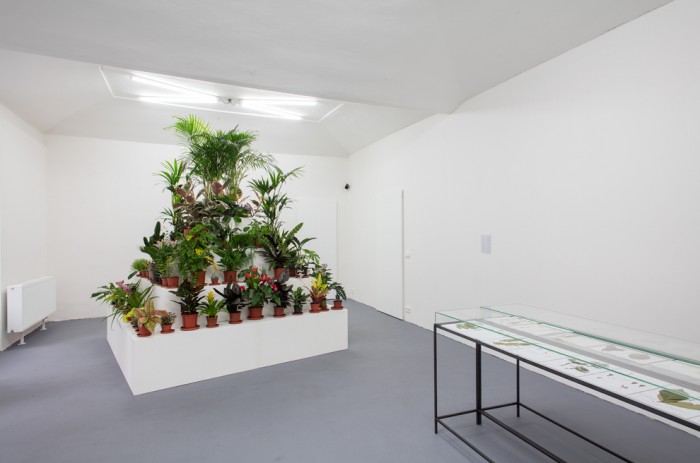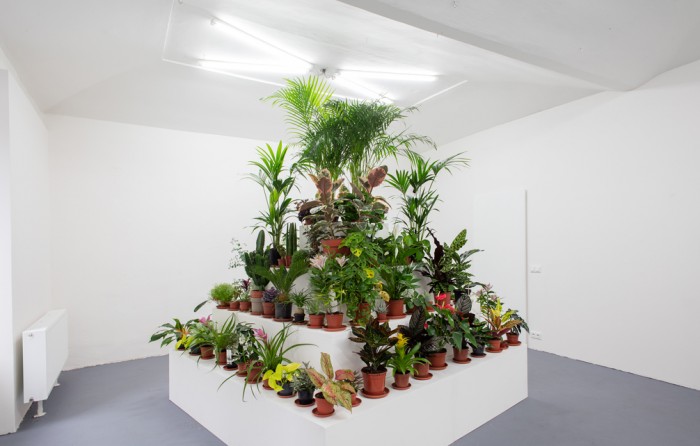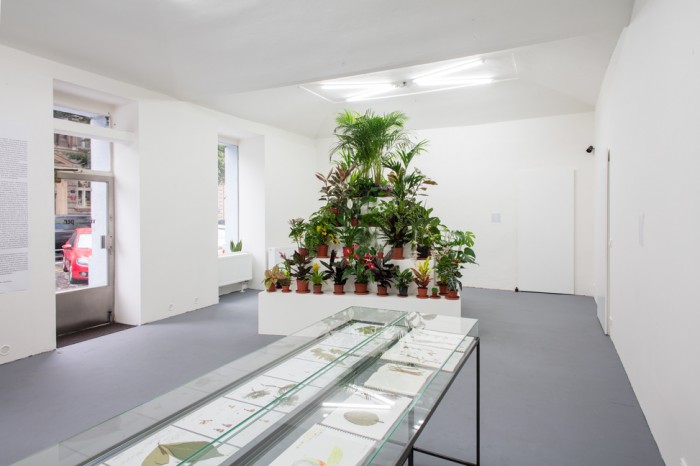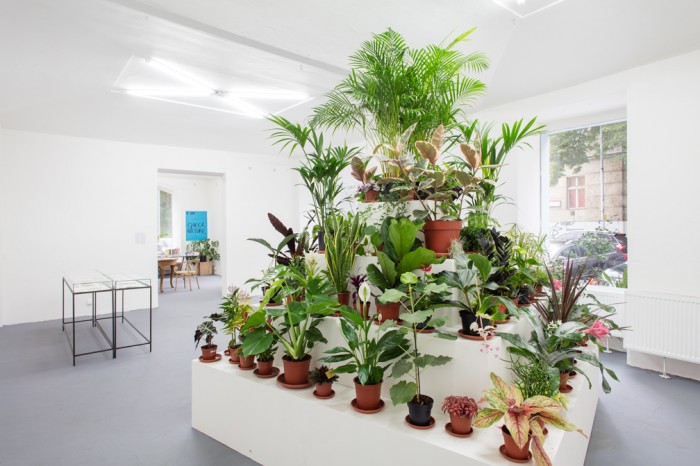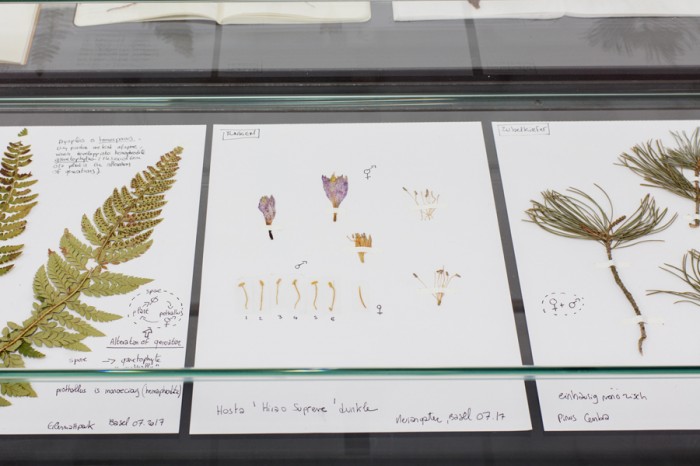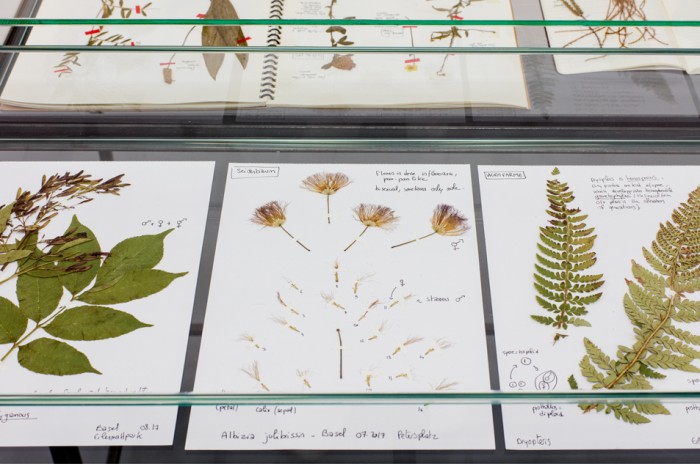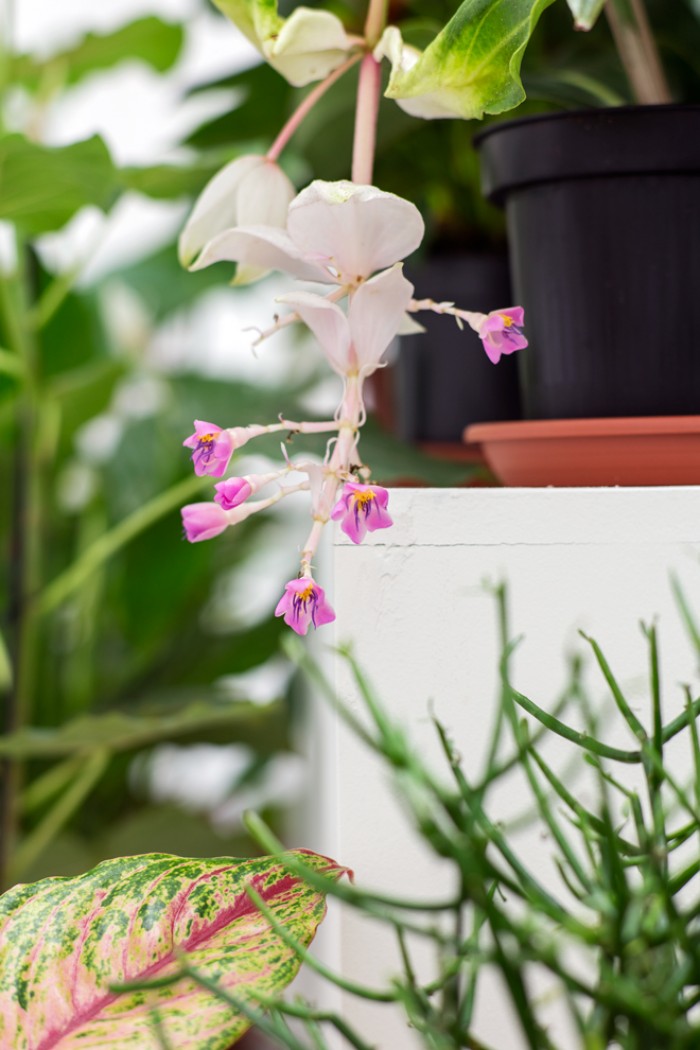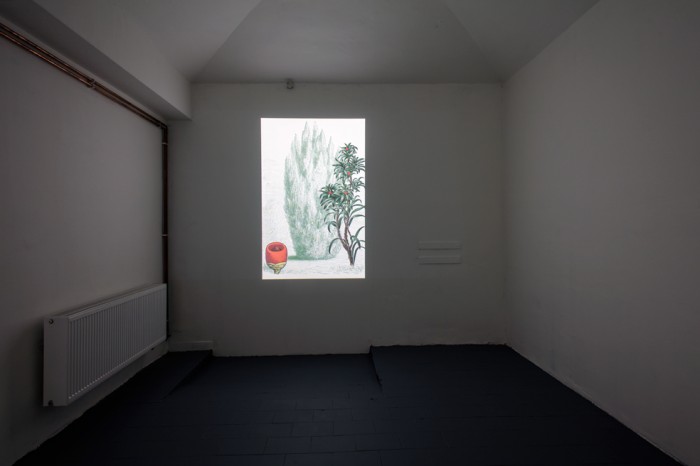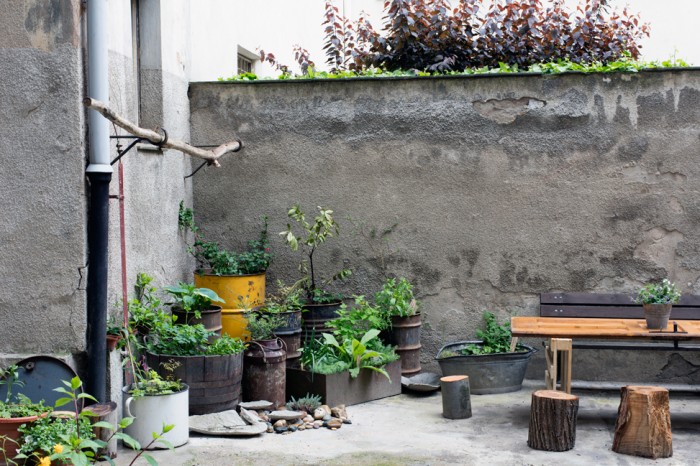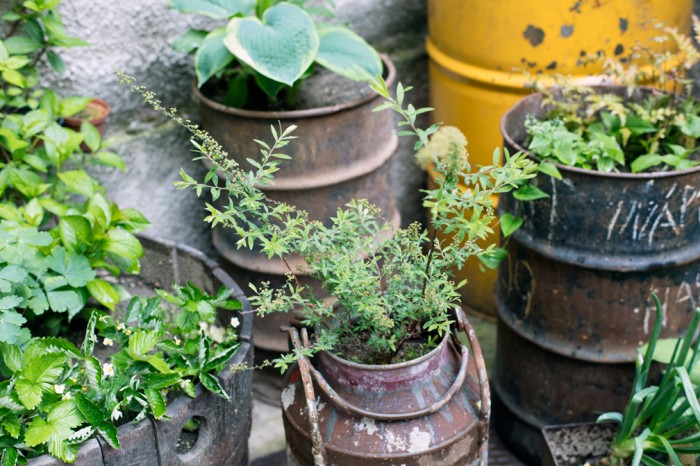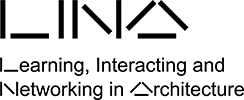Céline Baumann: Queer Nature
{~ '2019-05-03 00:00:00' | amDateFormat: 'D/M' ~}–{~ '2019-06-22 00:00:00' | amDateFormat: 'D/M/Y' ~}

Queerness can be found everywhere in nature. The exhibition at the VI PER Gallery explores the little-known, often-overlooked, and rare intimate behaviour of the botanical world. Celebrating the diversity of the vegetable kingdom means celebrating the diversity of shapes, gender, sexes, and colours around us. We live in a world that is constantly evolving, accepting a spectrum of values more diverse than ever before. Increasingly, it is difficult for preconceived patterns and one-sided ideas to respond to the contemporary circumstances. How can we create a feeling of inclusivity that transcends archetypes? How can we confront the notion of the standard with individual experiences allowing other forms of emancipation?
In this project, we embrace the notion that plants are our oldest teachers and share stories about their more-than-human knowledge. By opening a post-anthropocene space for reflection, we challenge the belief that matter and intelligence should be dissociated, regarding flora as more than a mere commodity. We explore the power of trees, shrubs, flowers, and herbs as a source of inspiration, providing alternatives to the way we design and act, whether on the scale of a national territory, a public space or a private garden.
The exhibition Queer Nature consist of three parts:
Secret Life of Plants deals with an infinite variety of shapes, colours, textures and smells of plants. The origin of this extreme diversity is the result of evolution through sexual reproduction, allowing plants to adapt to changing weather, soil conditions, or predators. Such a range of possibilities can thus be framed as queer, in reference to minorities that detach themselves from binary gender conduct.
Manufactured Botany focuses on contemporary horticultural production which is realized through vegetative propagation, cloning growth material, like branches, leaves, or root parts. Those exact copies do not, however, generate new genetic material, exposing identical generations to the risk of being entirely wiped out by diseases. Our houseplants, purchased in the garden centres of Prague or elsewhere in Europe, are mostly cultivated on a massive scale within automated glasshouses. Today, they form – together with botanical gardens – a Tower of Babel in reverse, bringing into the same space plants from all parts of the globe.
Third Landscape presents a somehow different and more independent flora which has established itself in the city. It is the vegetation of spontaneous plants growing near settlements and paths, having learnt to coexist with people. They survive in complicated conditions thanks to extremely effective breeding strategies, often having to overcome mechanical destruction or other pitfalls of human activity. It forms a biodiversity all around us, even here in the vicinity of the VI PER Gallery space. Third Landscape is an experiment realized in the courtyard of the gallery: bare ground from the close vicinity is collected and placed in barrels. The chosen collection locations are the ones left over within the city fabric: the flooded area of the Rohan Island, where ruins of derelict buildings and excavated soil from surrounding building sites have been unearthed, and the Karlín railway embankments, amongst other forgotten areas. The different seedlings and plantlets subsequently emerging from the apparently naked soil layer give proof of the biodiversity originating from those sites.
Céline Baumann (1984) is a French landscape architect and spatial designer based in Switzerland. She has worked in a variety of contexts, reflecting her personal interest in international exchange and cross-cultural environments. She aims through an intersectional lens to create dynamic open spaces, informed by the interactive ecology between people and nature. She is also the co-founder of Schwesterprojekt, a queer collective creating temporary spaces of expression in Basel. Baumann is currently a Future Architecture alumna and an Akademie Schloss Solitude fellow.
The exhibition is part of Future Architecture Platform.
Photo: Jiří Thýn
